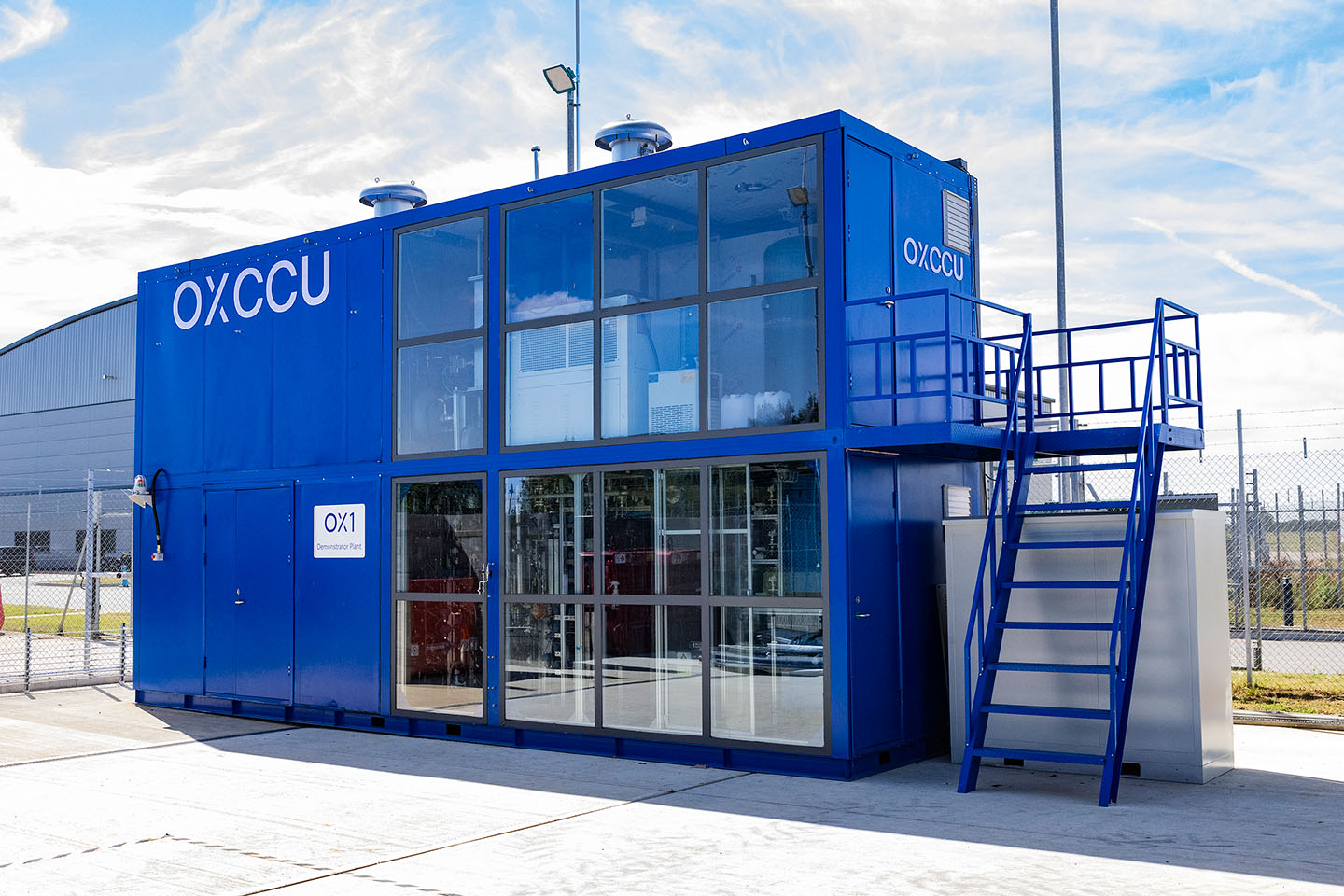Aviation emissions are growing rapidly, and the sector needs a solution. In the UK they are already higher than those from the electricity supply sector.
While some reduction in excessive aviation use may be justified, it is unrealistic to expect people to stop flying. Most people want to fly more and broaden those who can fly.
Due to aviation’s energy density requirements, the solution has to be sustainable aviation fuel (SAF).
The challenge is how can we make SAF cost effectively with low emissions from genuine waste feedstocks. Work needs to start on this problem now. We are used to starting with crude oil and making a mix of gasoline, jet, diesel and fuel without care for the CO2 emitted in the process. Starting with waste carbon feedstocks and trying to make mainly just jet fuel with minimal emissions is new.
OXCCU’s mission is to get the cost of SAF made from genuine waste carbon feedstocks down to around 2X the fossil fuel price from around 5-10X today, minimising the cost for consumers, and making it possible to scale SAF to larger proportions of the jet fuel mix.
Assuming a £300 airline ticket of which roughly 30% is the cost of the fuel, blending in 5% SAF that is twice as expensive as fossil jet increases the price by just £4.50 (1.5% increase). If the SAF is 10X more expensive this is an extra £40.50 (13.5% increase).
A 13.5% increase is still smaller in magnitude than the 15-30% of general airline tax a country normally charges (example £90 economy, £216 business per flight to New York in the UK), and the potential movements in oil price which can easily cause swings in ticket prices of +/- 30% as the jet fuel price moves (from around £300/tonne to £1,200/tonne in the UK in just the last 5 years). But to enable much higher amounts of SAF in the decades to come without causing significant cost inflation, first up to 50% and then even higher, we need to get the cost of advanced SAF down to around 2X where fossil fuels are today, and using genuine waste feedstocks.
Genuine waste carbon feedstocks are those that do not deplete nature and soils, displace food, or cause deforestation. The three feedstocks we are focussed on are biogas from things like farm waste, food waste or cover crops, solid carbon waste such as waste wood, bagasse or straws, waste plastic or municipal solid waste, and CO2.
Key to this is our novel catalyst and reactor which was developed in Oxford University and demonstrated by our OX1 plant. Processes to convert biogas (via reforming), solid carbon waste (via gasification), and CO2 (via adding green hydrogen) all involve the conversion of CO2 and/or CO with H2. Our iron-based Fischer Tropsch (FT) catalyst can convert both CO2 and CO directly into the jet fuel range, eliminating the need for CO2 to CO (RWGS) or CO2 / CO to methanol steps which other routes require.
Third party technoeconomic modelling has showed an approximately 50% reduction in capital cost and a 25% reduction in cost per tonne with OXCCU technology compared to the two other routes being pursued, RWGS+FT (CO2 to CO then cobalt F-T then hydrocracking), or via methanol (CO2 to methanol, methanol to olefin then olefin oligomerisation).
Hence OXCCU’s mission: to reduce both the cost and the carbon intensity of advanced SAF.
A note on green hydrogen
In terms of the amount of green hydrogen required it varies depending on the route. Biogas to SAF routes does not need any green hydrogen (unless you wish to convert all of the associated CO2 rather than just some of it). Waste wood to SAF needs just a small top up amount of green hydrogen to get you a good carbon intensity.
For converting pure CO2 (so called PTL or efuels) you do need significant green hydrogen, and this means significant green electricity. PTL we believe will play a role where there is the potential for an excess of green electricity - ideally sunny and/or windy places or those with nuclear or hydro – and ideally without significant existing electricity demand nearby.
For the CO2 source ethanol plants are ideal if available due their high purity CO2, but if not due to the lack of biomass in many of the places with excess green electricity, the CO2, at least in the medium term, will need to come from fossil or mineral hard to abate sources like fertiliser plants, natural gas processing plants, or cement production (i.e. it will not biogenic).
If fossil or mineral CO2 is used it will be a lower carbon fuel rather than a circular biofuel based on biocarbon, but it will still have significant emissions reductions vs fossil jet as it displaces fossil jet, and as it is very hard to argue that that the CO2 used would have not ended up in the atmosphere anyway, given our ongoing need for things like fertiliser, natural gas and cement in the decades to come and the impracticality and cost of sequestration. These fuels will also have very little impact on land use unlike some biofuels. Note none of these routes are reliant on Direct Air Capture (DAC) as given the dilution of CO2 in air this will always be very expensive due the dilution of CO2 in the atmosphere which will never change.



